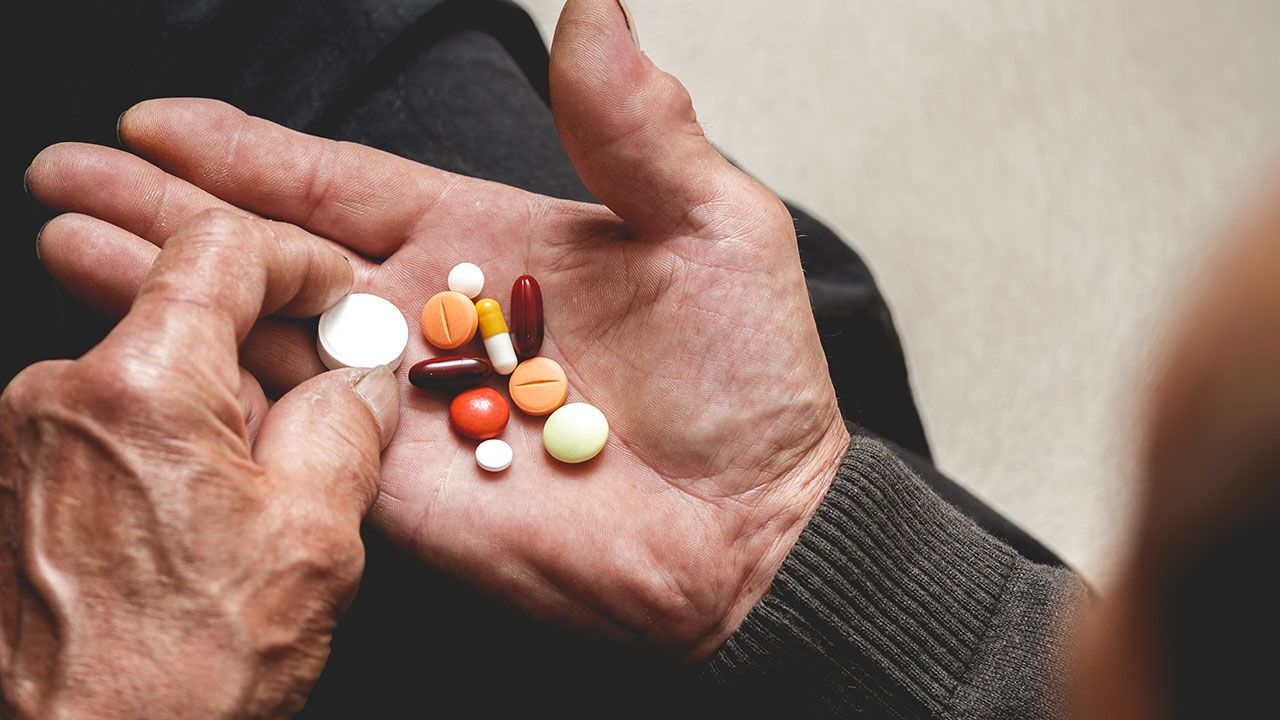News
Article
Analysis Demonstrates No Increased Incidence of Thrombosis with TTS After Vaxzevria Second Dose
Author(s):
A global safety database analysis has demonstrated no increased incidence of thrombosis with TTS after the second dose of Vaxzevria.
A global safety database analysis, recently published in The Lancet, has demonstrated that there is no increased incidence of thrombosis with thrombocytopenia syndrome (TTS) after the second dose of AstraZeneca and Oxford University’s COVID-19 vaccine, Vaxzevria. The results of the analysis were revealed in an AstraZeneca press release on July 28, 2021.
According to the analysis, which was performed using AstraZeneca’s global safety database, the estimated rate of TTS following the second dose of Vaxzevria was comparable to the background rate of TTS observed in an unvaccinated population. These results were in line with recent reports from the United Kingdom’s Medicines and Healthcare products Regulatory Agency Yellow Card Report.
Sir Mene Pangalos, executive vice-president, BioPharmaceuticals R&D, said, in the press release, “Vaxzevria is effective against all severities of COVID-19, and it plays a critical role in combatting the pandemic. Unless TTS was identified after the first dose, these results support the administration of the two-dose schedule of Vaxzevria, as indicated, to help provide protection against COVID-19 including against rising variants of concern.”
Source: AstraZeneca
Newsletter
Get the essential updates shaping the future of pharma manufacturing and compliance—subscribe today to Pharmaceutical Technology and never miss a breakthrough.




